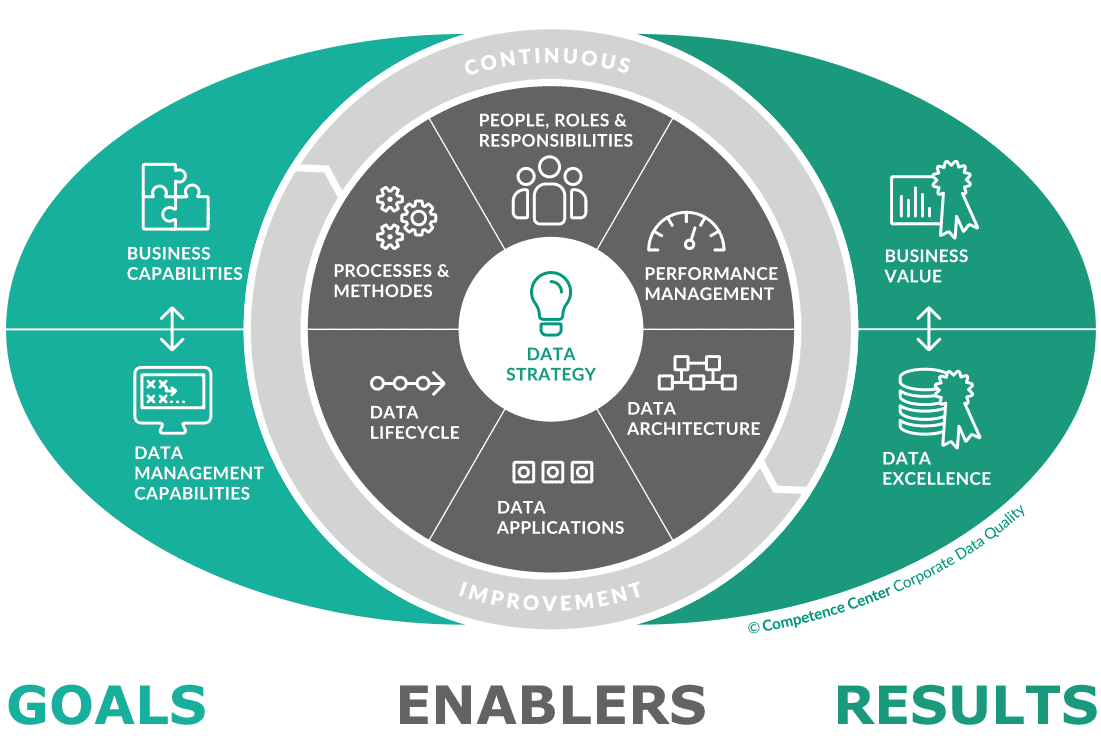
As the importance of innovation rise among different industries, executives seek for alternative approaches and structures that will ensure their ability to innovate successfully.
Gladly, there are various proven ways to design an innovative organization that will have the ability to adapt itself and successfully reach its growth goals and objectives. To achieve these, companies should decide whether they would like to work with their existing organizational structures (which will be covered on next week’s post) or create completely new ones (e.g. Centers of Excellence and Innovation labs).
An excellent innovative organization should be flexible and adaptive in every part of it. To do so, it must have in-depth knowledge within each one of its functions (e.g. functional focus on engineering or marketing), and also in-depth knowledge transmission across functional and firm boundaries (e.g. scaling up new businesses).
However, as you can imagine, it’s pretty much impossible to be excellent in both of them all the time. Hence, as elsewhere in business, companies try to focus on one of these capabilities and become experts in that type of flexibility so it would become their core value proposition.
A way to achieve this, is through newly created structures in the organization : Centers of Excellence and Innovation Labs.
Centers of Excellence
These cross-enterprise institutions consist multiple functions and act as integrated knowledge centers that support discovery and development of new areas for the company.
They can act also as centers that deals with perfecting the business model innovation, meaning that they can take new business models that emerge throughout the company and take them to the next level by designing, testing and scaling them until they reach their full potential.
As a result of their structure, centers have a much larger emphasis on market focus and less on the actual functional focus. Hence, they are usually seen as providing a “service” for the rest of the organization.
Strengths and Weaknesses of Centers of Excellence
A huge strength of this structure is its ability to centralize the organizational expertise. Also, it assists greatly in maintaining the skill base of the organization. Lastly, it leveraging the the key learnings from across the organization and by doing so avoid from “reinventing the wheel” each time which makes the innovation process more efficient.
On the other hand, there are some downsides for establishing these centers as well. First, centralizing all of the groups at one point can create silos within the organization and damage the innovation process. Also, it demands a lot of responsibility from the functional managers outside the centers to be active in the organization. Finally, since the center is positioned outside of the regular organization, sometime it would be hard to attract top talent to work in it due to promotional concerns.
Innovation Labs
These institutions has much more functional focus and therefore are dealing more with inventing new products and services for the organization as a whole. Usually, the lab manager is responsible for the development of several technologies that once they will be ready will enable the organization as a whole to grow.
A very good example for an innovation lab is Google’s one.
As a result of their structure, labs have a much more emphasis on functional focus and less on market focus, which usually will be done later by the larger organization. Therefore, they are usually seen as the source for new products for the rest of the organization.
Strengths and Weaknesses of Innovation Labs
The major strength of this structure is that it enables organization to develop new capabilities with “basic” or “exploratory” research. In addition, this structure allows the organization to deepen its skill base. Finally, it provides a lot of pride and loyalty to the organization from its employees.
However, there some problems with it as well. First, it separates some of the groups and isolates them from the rest of the organization. Also, due to its exploratory objectives, some of the actions and research in the labs might not be aligned at all with the strategic priorities of the organization. Lastly, the biggest issue with this structure is the hand-off process between the labs to the rest of the organization that can create a lot of problems and even failure to some of the ideas that are developed within the labs.
Conclusion
as in other parts of innovation, there is no one right answer that will solve all of the organization’s problems. It depends on what are the organization’s objectives and the stage of the industry in the innovation S-Curve.
In order to choose the right structure for the organization, decision makers must analyze their innovation needs and determine whether focusing on the market or functions would be more beneficial for them. Then, by analyzing the strengths and weaknesses of each structure they can come up with the right structure for their organization.
Did you like this post? Let me know and share with your friends! Also, subscribe to get more innovation insights!
